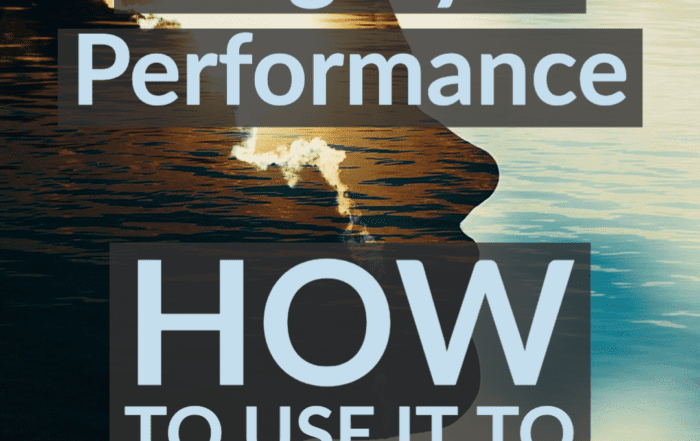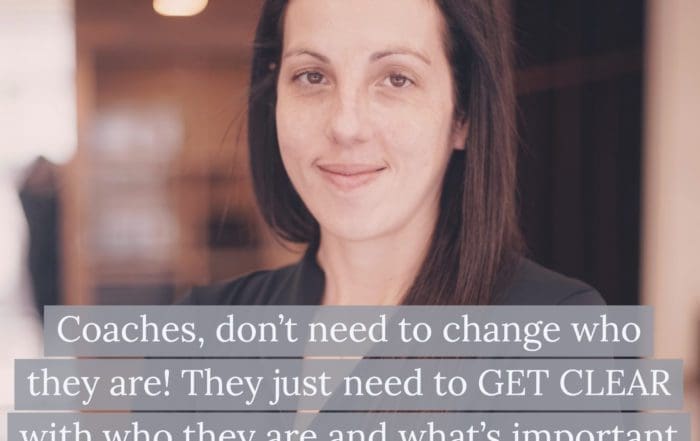As a mental skills trainer, I have been able to work with elite athletes in most every sport and in my experience and education there has been a single mental skill that is fundamental to any level of performance, especially in triathlon. What’s the skill? Well let’s see if you can guess it.
- You need this skill to combat negative self talk and keep you from going into the negativity hurricane.
- You use this skill, I would hope, at the beginning of every race.
- You can depend on this skill to help you be the most well rested on race day.
Do you have an idea of the skill we are talking about here? The skill is emotional control and it is all about keeping directive to the emotions and energy that course through us on a day to day basis. When we let our emotions rule our process or run our actions you can be sure that you will find yourself in a bad place.
Ok, so in my opinion (aka not scientifically proven…) this is the most important fundamental skill within athletics and performance and interestingly enough, athletes at every level can work on it from time to time.
Today I want to provide a few tangible training techniques that you can use within training and racing to help develop the skill of emotional control. These can be used from the most beginner triathlete to experts racing in Kona. Just remember, mental skills training is a practice, NOT an outcome so if you practice these techniques you will find yourself more effective!
3 Techniques to increase your skill in emotional control:
Deliberate Breathing: Have you ever found yourself breathing through your shoulders and chest when you are stressed out or in a stressful situation? You might start feel lightheaded, dizzy, and ‘not all there’… sound familiar? Don’t worry, this is actually a natural reaction to stressful circumstances but not the most helpful if we are talking about athletic performance.
So, what do we do about it? The next time you are getting prepared for a race, an open water swim, a difficult training ride or otherwise, I want you to do something very simple to control those perceived stresses that come up… I want you to breathe deeply into your diaphragm. Take 5 deep breaths and which each refocus on things that you feel are helpful for you.
What are those things that are most helpful? This leads us into our next technique…
Refocus on the helpful rather then the unhelpful: Think about the athletic situations where you find yourself stressed or anxious. Write them down. These are individual so take a moment to really understand where you get anxious/nervous etc…We will use the start of a race for the example here.
Now take a moment to think about the most helpful things to focus on to achieve the desired aim in each of those moments…
For the start of a race, we want to get into the race calm, cool, and collected. So, what’s helpful to focus on to help us stay calm, cool, and collected? Deep belly breathing, the catch of the stroke, keeping our heads down in the water, breathing continuously through the stroke… etc…
Now that you know when your anxious and what to focus on in order to be effective, start practicing! Get yourself into these kinds of situations where you feel nervous and practice bringing your attention and focus to the helpful items on your list…
When exercising this technique work to put your full attention on the helpful because when you are focusing on what helps… you are not focusing on what does not help…
This is a dynamic process so continue to be aware of what is working and not working and make the adjustments necessary.
Create Space to Respond Rather Than React: Sometimes when we need to control our emotions to set ourselves up for peak performance, we can get caught up in a whirlwind of EVERYTHING that needs to happen. In this mental state, we get stuck in reaction mode where we just react to everything that is happening rather than responding to what is happening on purpose. In these moments, one of the best things you can do is create space in the moment so you can use your ability to make decisions. This is where the 5 to 1 technique comes into play.
The 5 to 1 technique is as simple as doing the following 5 things in order:
- Name 5 things you see right now!
- Name 4 things you hear.
- Name 3 things you feel (physical touch)
- Name 2 things you KNOW FOR CERTAIN
- Take 1 deep belly breath
- Make a decision/refocus on the helpful/move forward!
As you might already be able to see, the 5 to 1 technique incorporates the other two techniques above. At the end of the 5 to 1 a deep belly breath, just after that, we are given the opportunity to refocus back on what helps us most. The point of the 5 to 1 technique is simply to create space for you to integrate the last two steps.
The Wrap Up
Emotional control is, as stated previously, the most important of the mental skills. To have this skill, provides you with a solid foundation on which to build all other mental skills. Keep in mind that you will always need to come back to practicing these skills every week! Mental toughness, mental strength, mental grit IS A PRACTICE… it’s not an outcome. The more you practice doing what needs to be done to help you perform optimally, the more optimally you will perform.






